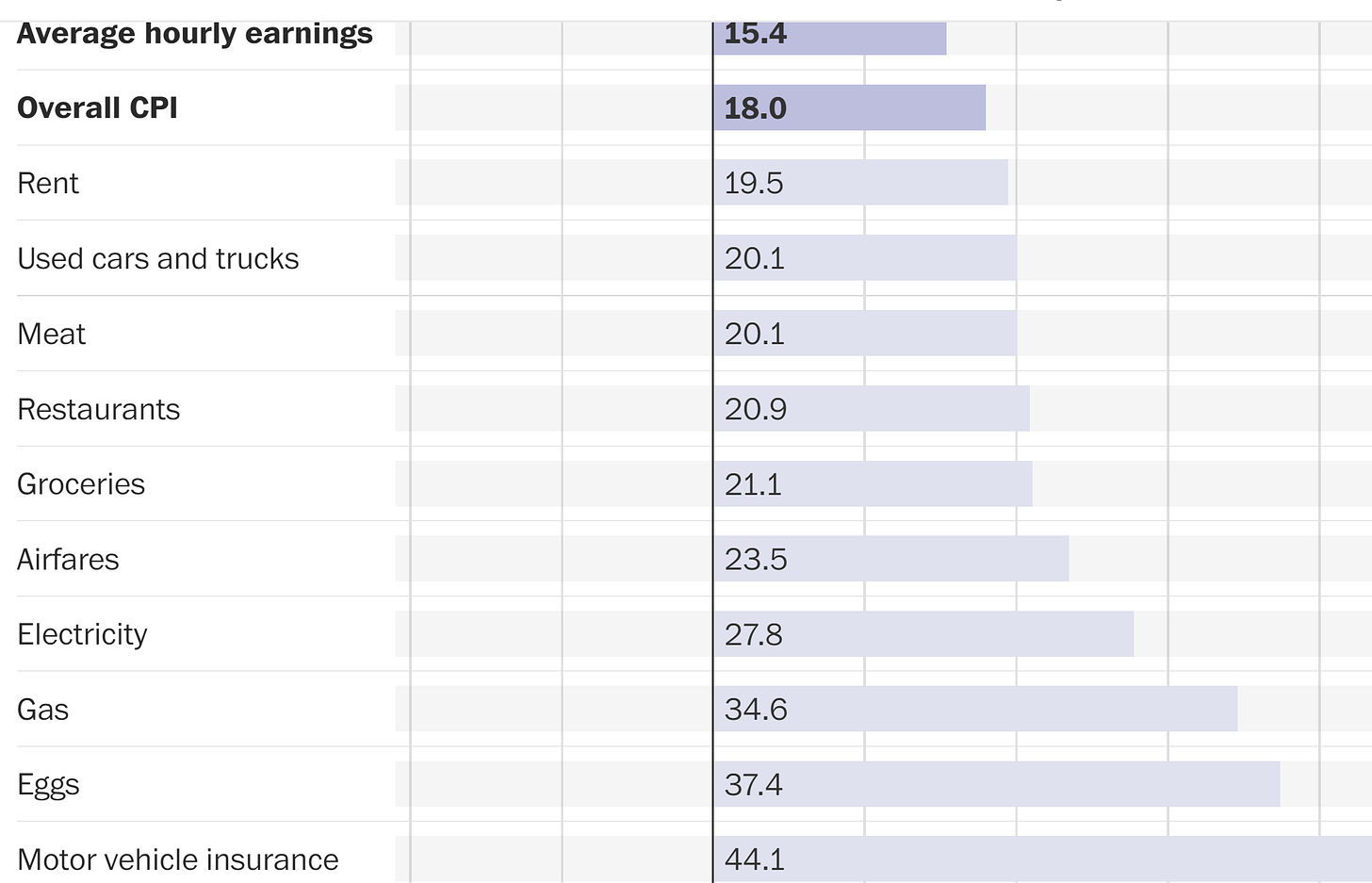The following article by Ruy Teixeira, senior fellow at the American Enterprise Institute, politics editor of The Liberal Patriot newsletter and co-author with John B. Judis of the new Book “Where Have All the Democrats Gone?,” is cross-posted from The Liberal Patriot:
In the last couple of weeks, I have been revisiting my “Three Point Plan to Fix the Democrats and Their Coalition,” originally published in October, 2022. A brisk tour of the polling and political data suggested the Democrats are still in need of serious reform and that the three point plan is as relevant as ever. Here’s the very short version of the plan:
1. Democrats Must Move to the Center on Cultural Issues
2. Democrats Must Promote an Abundance Agenda
3. Democrats Must Embrace Patriotism and Liberal Nationalism
Two weeks ago I discussed cultural issues. Last week, I discussed abundance (or the lack thereof). This week I’m concluding the series with a discussion of patriotism.
The Patriotism Problem
Democrats suffer from a patriotism gap. They are viewed as the less patriotic party and Democrats are less likely than Republicans and independents to view themselves as patriotic. Here are some examples.
1. A Third Way/Impact Research poll in late 2022 found 56 percent of voters characterizing the Republican party as “patriotic”, compared to 46 percent who felt the same about the Democrats.
2. A Survey Center on American Life/NORC poll from May of last year tested the same question among 6,000 respondents and found 63 percent viewing the Republicans as patriotic, compared to just 48 percent who thought the Democrats qualified.
3. In two 3,000 voter surveys conducted by The Liberal Patriot/YouGov in June and September of last year, only 29 percent of voters thought the Democrats were closer to their views on patriotism than the Republicans were, while 43 percent chose the GOP over the Democrats. Among working-class (noncollege) voters, exactly twice as many (48 percent) thought the Republicans were closer to their views on patriotism than thought that about the Democrats (24 percent). Interestingly, among college-educated voters, there was very little difference in how close these voters felt to the two parties on patriotism.
4. In a poll of 2,500 battleground state and district voters last November, PSG/Greenberg Research found an 11-point advantage for Trump and the Republicans over Biden and the Democrats on who would do a better job on “being patriotic”.
5. In Gallup’s latest reading on pride in being an American, 55 percent of Democrats said they were extremely or very proud of being American, compared to 64 percent of independents and 85 percent of Republicans who felt that way. Just 29 percent of Democrats would characterize themselves as “extremely proud,” down 25 points since the beginning of this century.
6. Perhaps most alarming, in a 2022 poll Quinnipiac found that a majority of Democrats (52 percent) said they would leave the country, rather than stay and fight (40 percent), should the United States be invaded as Ukraine was by Russia.
So the patriotism gap is alive, well, and persistent. Why is this? One key factor is that, for a good chunk of the Democrats’ progressive base, being patriotic is just uncool and hard to square with much of their current political outlook. As Brink Lindsey put it in an important essay on “The Loss of Faith”:
The most flamboyantly anti-American rhetoric of 60s radicals is now more or less conventional wisdom among many progressives: America, the land of white supremacy and structural racism and patriarchy, the perpetrator of indigenous displacement and genocide, the world’s biggest polluter, and so on. There are patriotic counter-currents on the center-left—think of Obama’s speech at the 2004 Democratic convention, or Hamilton—but these days both feel awfully dated.
Similarly, liberal commentator Noah Smith observed in an essay simply titled “Try Patriotism”:
I’ve seen a remarkable and pervasive vilification of America become not just widespread but de rigueur among progressives since unrest broke out in the mid-2010s….The general conceit among today’s progressives is that America was founded on racism, that it has never faced up to this fact, and that the most important task for combatting American racism is to force the nation to face up to that “history”….Even if it loses them elections, progressives seem prepared to go down fighting for the idea that America needs to educate its young people about its fundamentally White supremacist character…
That conventional wisdom is a problem. It’s why “progressive activists”—eight percent of the population as categorized by the More in Common group, who are “deeply concerned with issues concerning equity, fairness, and America’s direction today”—are so unenthusiastic about their country. Just 34 percent of progressive activists say they are “proud to be American” compared to 62 percent of Asians, 70 percent of blacks, and 76 percent of Hispanics, the very groups whose interests these activists claim to represent. Similarly, in an Echelon Insights survey, 66 percent of “strong progressives” (about 10 percent of voters) said America is not the greatest country in the world, compared to just 28 percent who said it is. But the multiracial working class (noncollege voters, white and nonwhite) had exactly the reverse view: by 69-23, they said America is the greatest country in the world.




